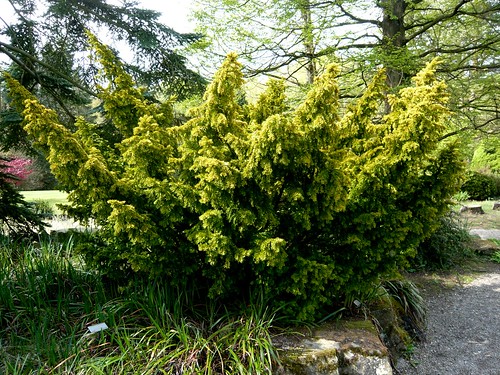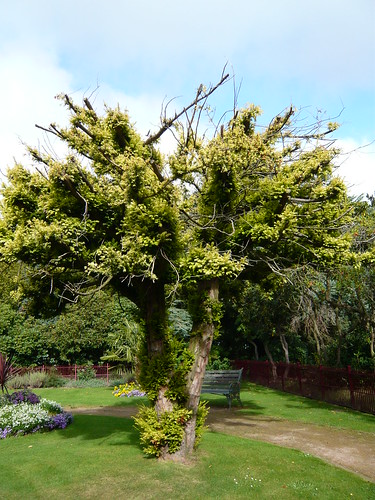Yew Tree – Taxus baccata
Yew are used in many contexts and can feature in natural or formal situations. In the 18th century species of Taxus were brought to the UK from America and Asia to add to our native Taxus baccata. There are now many cultivars of upright, pendulous and ground cover forms of Yew.
Garden Uses of Yew
- Yew provide evergreen structure to your garden
- Hedging is an important garden use creating a dense living wall or sculptable feature.
- Yew is famous for its use in topiary with its ability to take on shape and form and last for many decades.
- Mounds can be planted with an upright yew underplanted with ground cover Yews.
- Dwarf varieties of our native Yew include Corleys Coppertip and Dwarf White.
- Specimen trees can be grown from Taxus baccata varieties such as Dovastoniana, Amersfoort and Fatigiata Aureomarginata
- In a small garden select slow growing forms of Taxus baccata
Cultivation Tips
- Yew can withstand hard or even drastic pruning.
- For a slender upright growing Yew try a Japanese for Taxus cuspidata ‘Robusta’ as a change from the Irish yew. Train young plants to a single stem.
- Prune annually in late summer. To substantially reduce a hedge cut in April and do half the tree one year and the other half the following season.
- Well suited to chalky and lime stone soil but not too fussy.

Golden coloured Yew
See Also
